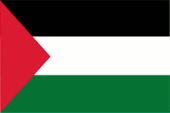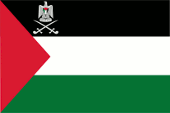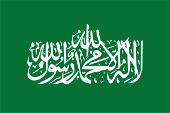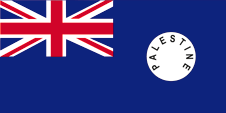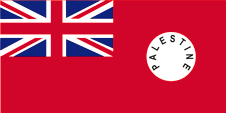Area (claimed): ca. 2 448 square miles, thereof West Bank ca. 2.168 sq.mi., Gaza Stripe ca. 141 sq.mi., East Jerusalem ca. 15 sq.mi.
Area (de facto): ca. 788 square miles, thereof 100% of the Gaza Stripe, and 30% of the West Bank (namely the places: Jenin, Tulkarm, Qalquilyah, Nablus, Ramallah, Salfit, Jericho, Bethlehem and Hebron)
Inhabitants (in the claimed area): 4.976.684 (2019), davon Westjordanland ca. 3.010.000 Ew., Gazastreifen ca. 1.940.000 Ew.
Religions of the Palestinians: mostly Muslims, approx. 1 % Christians
Capital: Ramallah, 33.218 inh. (2014)
official Language: Arabic
other Languages: Iwrith (New Hebrew), English
Currency: 1 New Israel Shekel (NIS) = 100 Agorot, 1 Jordan Dinar (JOD, JD) = 100 Piaster, 1 Egyptian Pound = 100 Piasters = 1 000 Milliemes
Time Zone: GMT + 2 h
Source:
Wikipedia (D)

![]()

